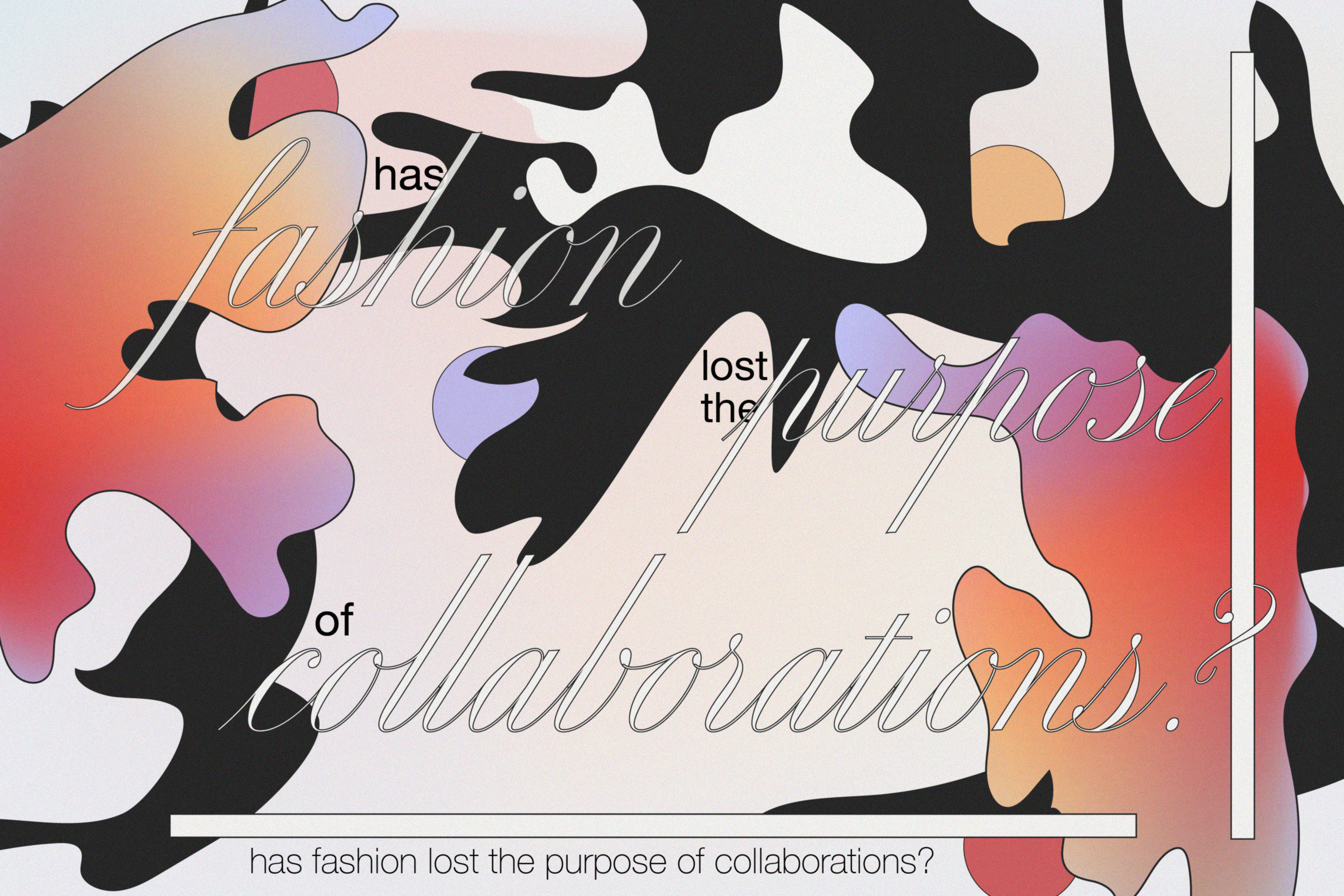What do you expect when one tells you that Louis Vuitton, Dior, Balenciaga and Adidas debut their collaborations in the same week? You expect Vogue to be flooded with an amalgamation of various creative aesthetics, creating one-of-a-kind garments you never knew could become a reality. Well…not really.
While it may seem almost a given that when these giants come together to create a collection, the only possible outcome would be a masterpiece, keeping them on a pedestal has softened our opinions on what they show us. It has become easy to applaud luxury brands for simply ‘experimenting’ with various collaborations, even though it’s clear that most of them are lost at sea when it comes to formalizing these strategies that for too long have been based on adding one’s logo to the others products.
Collaborations are often a safe testing ground to gauge consumer reaction, which might inform in what direction the brand expands next. To be more specific, the kind of marriage between retail and luxury that seems to be popular is the high-low collaborations. Pioneered by H&M and Lagerfeld (who would have guessed), this formula has played out several times in several ways. But the appeal and target have always been clear: democratizing fashion to those who may not be able to afford luxury but aspires to it.
I am not saying there aren’t any exceptions to this now-tired plot. Louis Vuitton was one of the first successful ones were two giants from opposite sides of the fashion fence came together to sell us high street fashion. But after what only seems like a hundred similar collaborations, it does not seem to change. I am not saying that successive luxury/street tie-ins aren’t interesting anymore; it just all feels like – been there, done that, with brands running the risk of cannibalizing each other’s thunder and not spoiling the ‘broth’ as their collaborations begin running together.
While new formats are being tested out, it’s still surprising to see how few brands have dedicated any sort of effort to collaboration strategies that go beyond the quick hits. Today brands are scrambling for attention in an attempt to stay relevant in a constant information-sharing world. For example, no one saw the collaboration between Tiffany and Co and Supreme. At first, it confused us all, who is their target customer but knowing the first, it all fits into a larger puzzle. Some other ‘out of the box’ ones (trust not all of them are good) are NIGO and KFC and Balenciaga and Simpsons.
At this point, not only should brands be more familiarized with the obvious benefits and pitfalls connected to it — and have collaborations be a central part of their marketing strategies, but they should still be able to go crazy with it. Once you find yourself wearing Pepsi-branded sunglasses, you really start to wonder if it’s about cash rather than creativity.
As collaborations become noisier and noisier, high-high collabs have started to surface, such as the ‘Fendace‘ and Gucci and Balenciaga. It still makes me wonder if we have, at the end of the day, learned anything from the past. Will there ever be space for others in fashion? It means hiring young people who are more in the know than you are; hold that door open. Most of all, it means you need to see collaborations for what they are to expand your brand universe. Surprise us. We promise we’ll be kind. Maybe.
Words by Rhea Gupta.
Graphics by Fai McCurdy.

